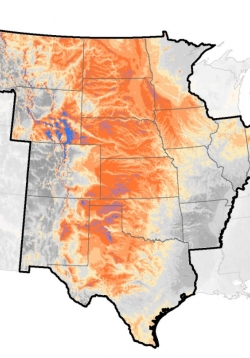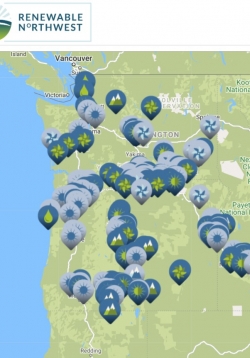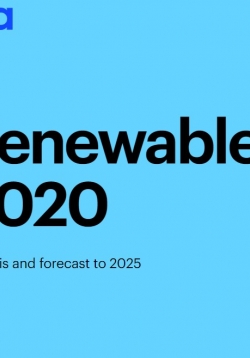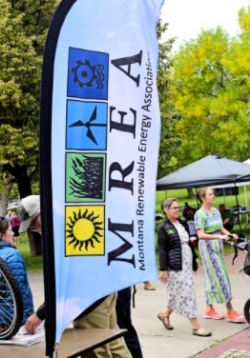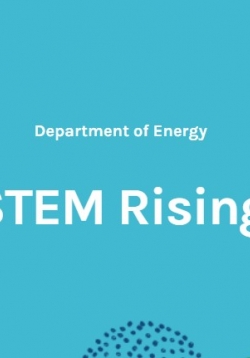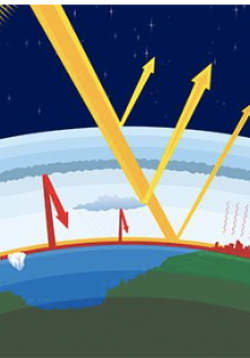
This unique program pairs high school science teachers with a mentor doing cutting-edge research in an academic lab or a lab associated with another nonprofit institution. The Murdock Trust awards approximately 25 Partners in Science grants each year to fund these teacher-mentor research opportunities in the Pacific Northwest. Our goal is to help teachers bring knowledge from the research lab directly into the classroom to promote hands-on science education.


